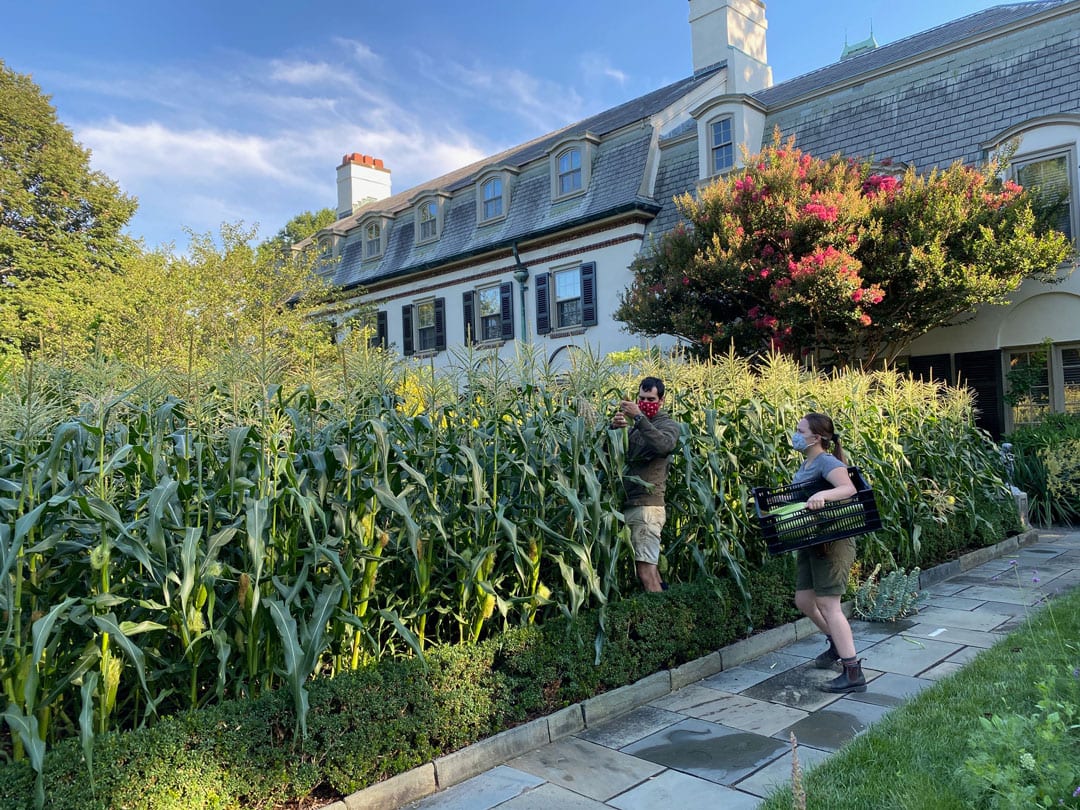
Gardening Green with Doug
From Visitors to Vegetables, Local Gardeners Adapted to a Year of COVID-19 Constraints
By Doug Oster
March 2, 2021
“It was like gardening for no one,” a horticulturist said to me about planting a landscape without visitors during the start of the pandemic last spring.
That discussion made me wonder how other public gardens dealt with COVID as it shut down much of the country a year ago.
At Chanticleer in Wayne, Pa., outside of Philadelphia, executive director Bill Thomas was wrestling with a host of issues in this “pleasure garden” during those uncertain times. It was obvious though; the scheduled April first opening was not happening. He dreaded the thought of laying off any staff and tried to find a solution that kept everyone working safely to prepare the landscape for hopefully opening at some point.
Thomas quickly discussed ideas with his team and it didn’t take long until they had a new plan for the 35 acres which are open to the public.
“We changed gears, canceling our orders for the spring planting,” he says. The idea was to convert as much of the garden to vegetables. “We already had a number of vegetable seeds on hand, and we ordered a bunch more seeds,” Thomas said. They were lucky to get their order in early as some seed was getting hard to find as home gardeners overwhelmed companies with orders. The money saved in starting from seed as compared to purchasing plants was substantial, but the planting plan already in place was now obsolete.
“We pride ourselves in being able to come up with innovative designs,” Thomas says of the change. “We planted the normal areas where we do our seasonal plantings with vegetables, doing designs because we didn’t know when we would be allowed open, and we wanted to keep looking good at any point,” he said of the plan.
Behind the scenes, new plans were drawn and planting began. Finally, in June, Chanticleer was open once again, with a somewhat different look for the Cut Flower Garden and terraced areas around the main house.
“I definitely was amazed at how beautiful the combinations of vegetables were,” Thomas says proudly. Hedges of rosemary, plantings of deep red savoy cabbage made quite a statement and he was overjoyed with the results. “Even crusty old me liked it,” he said with a laugh.
David Mattern, a horticulturist at the garden, helped transform the terraces and cutting garden, much to Thomas’ joy.
“In the early summer, David had a small-leaved basil he did in a rounded shallow rounded pot and it just was stunning,” Thomas said. “It was right at the level where my hands could touch it. As I walked by, I would just rub up against it, and I would have the fragrance of basil.”
The Cut Flower Garden was filled with a unique and beautiful purple Chinese cabbage, blue and gray-leaved kale were planted throughout the gardens.
“The combinations looked just so beautiful,” he said. “There were a number of vegetable plants that we said, ‘we should be using these as seasonal ground covers in future years.’”
Even though the garden had been producing vegetables for years for donations to local food banks, pantries and shelters, they would remarkably harvest nearly 5,000 pounds of vegetables to share.
“Of course, there was a great demand for food,” Thomas added. “So, we shared our produce. The whole thing just felt good.”
But change is never easy, especially when pleasing the expectations of long-time visitors. Thomas received an email from a regular guest who questioned the change in the Cut Flower Garden, not realizing one of the important purposes of the space.
He recounts the return message to the guest: “Perhaps she could picture somebody feeling good after a meal of healthy vegetables that were locally grown,” he told her. She got it right away, saying, “Oh my God. I love it. I’ll look at it very differently,” the guest wrote back.
In the past, Mattern has also tended the vegetable garden on the property, which helped in his transforming other areas.
He spoke in consort with a colleague at the garden who is private and prefers anonymity.
“We had to switch gears on the fly,” Mattern said. His fellow gardener agreed about transitioning to vegetable growing.
The Cutting Garden is tended by his colleague, and with fall planted tulips blooming, they were cut and donated too, clearing room for the vegetables.
“It was a challenge, but in a good way,” Mattern says of changing over to edibles. “Vegetables are beautiful plants,” he added. “They’re textural. They’re colorful. There’s a contrast. There’s a variety of different things. Just taking that palette of vegetables and applying it to container and bed design — that’s really how I approached it.”
The edible plants need to be spaced a certain way and need the right lighting which also contributed to the way the gardens were designed.
In the vegetable garden he usually tends, there isn’t room for a huge swath of sweet corn, but there was space on the terrace.
“I did sweet potatoes in hanging baskets, which worked beautifully,” Mattern says. “They are big and voluptuous; they spill everywhere which is really good fun.” Beet greens offer foliage displaying pretty red veins, he used cabbages, kales and broccoli for the textural form. “Purple cabbages have that rich color and you can contrast that with carrot or onion foliage,” he added.
When asked one of the sorts of over-the-top things he did for visitors, Mattern chuckled talking about a series of three metal arches, each flanked by containers.
“One of the things I did on the terrace were long chains of red cherry tomatoes growing up on the arches and you could walk underneath them,” he said happily.
As Mattern concentrated on the beauty of the plants, his fellow gardener helped in another way. “I was focused on trying to maximize the amount of food that we could produce,” he says.
One tool he used was succession planting. As one crop is harvested, he had another in the greenhouse to take its place. “There’s also sorts of interesting crops which are highly ornamental and tasty,” he said. “They give you the best of both worlds. I would encourage people to bring a few edibles into their displays.”
There were plenty of challenges, like when a storm blew over the corn. Insects are always after vegetables, but were held in check by using organic controls as they were all grown naturally.
There were many lessons learned in last year’s garden areas designed with edible in mind, and some have carried over this year’s garden.
“Maybe trying to weave some vegetables into the structure of the cut flower garden,” the gardener said. “It’s an interesting journey.”
Mattern adds, “The more you grow vegetables, the more respect you have for farmers who do this for a living.”
Chanticleer’s YouTube channel offers a weekly look at what’s happening in the garden.
Chanticleer’s website had more information and highlights what’s blooming or growing in the garden each week too. The garden is scheduled to open this year on March 31, 2021.
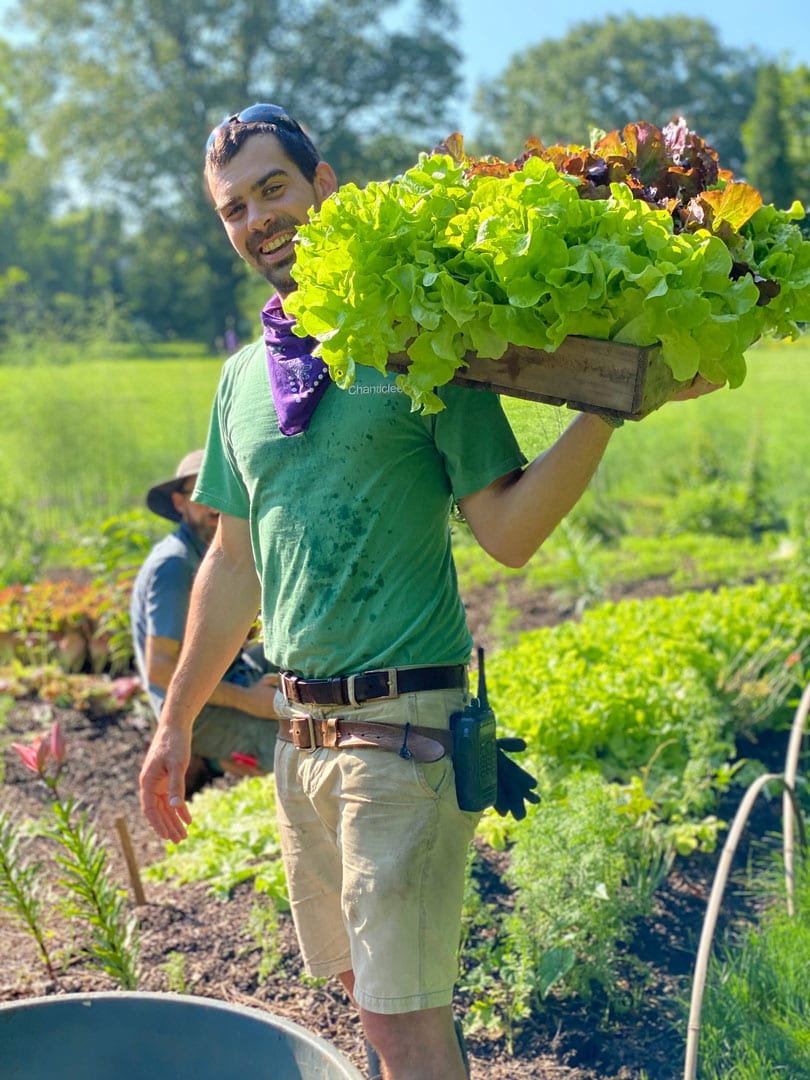
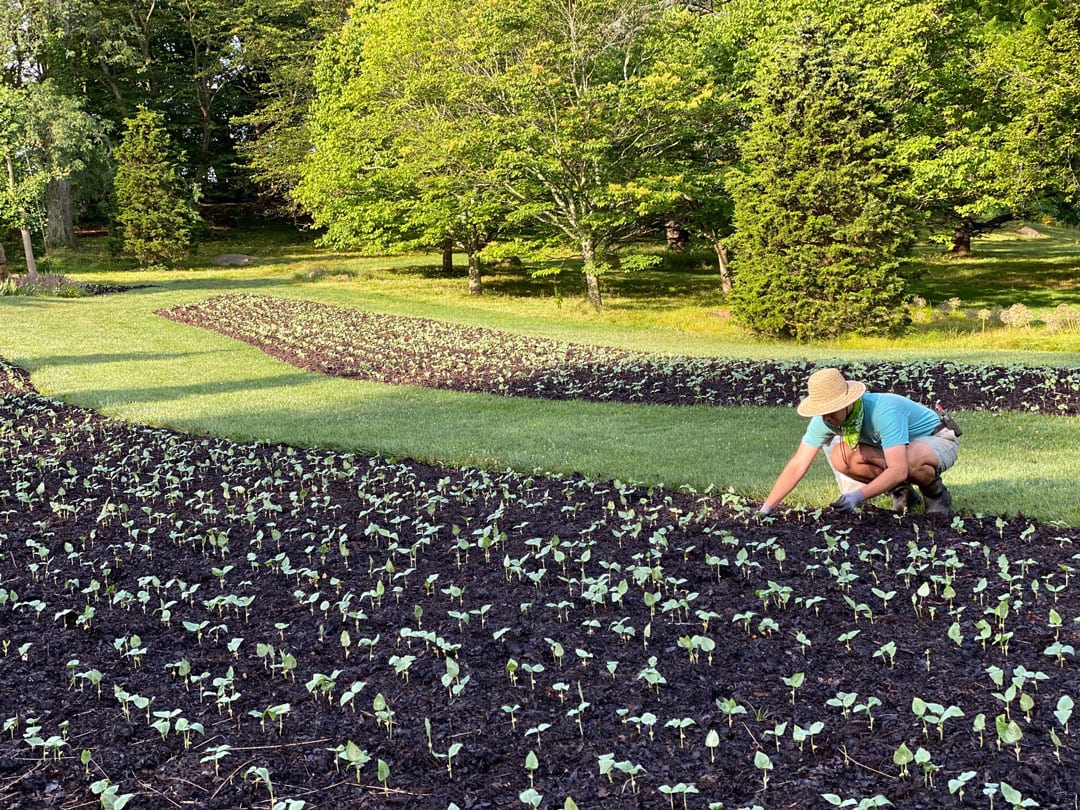
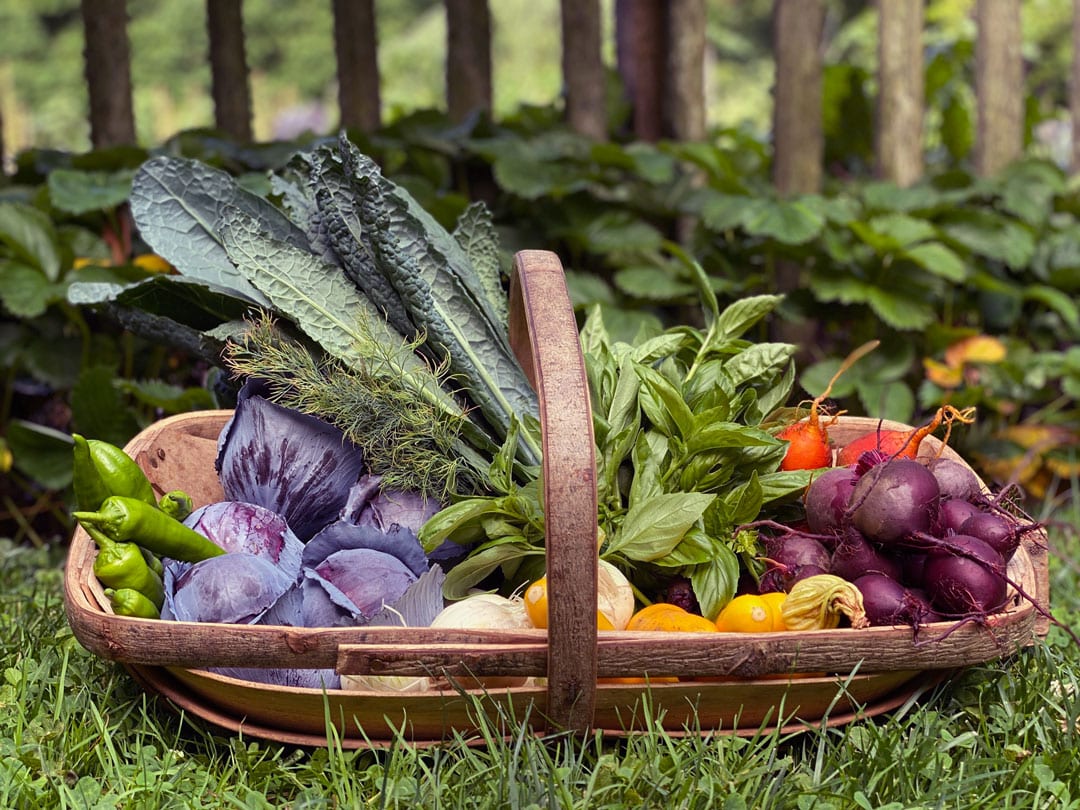
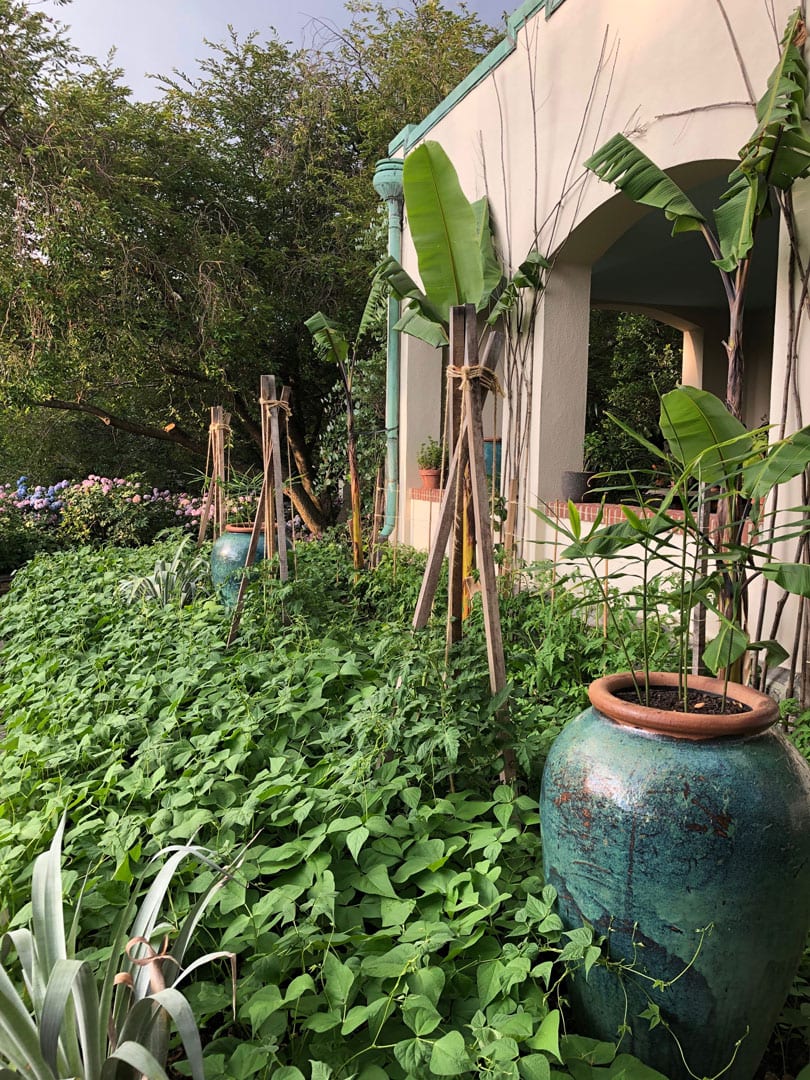
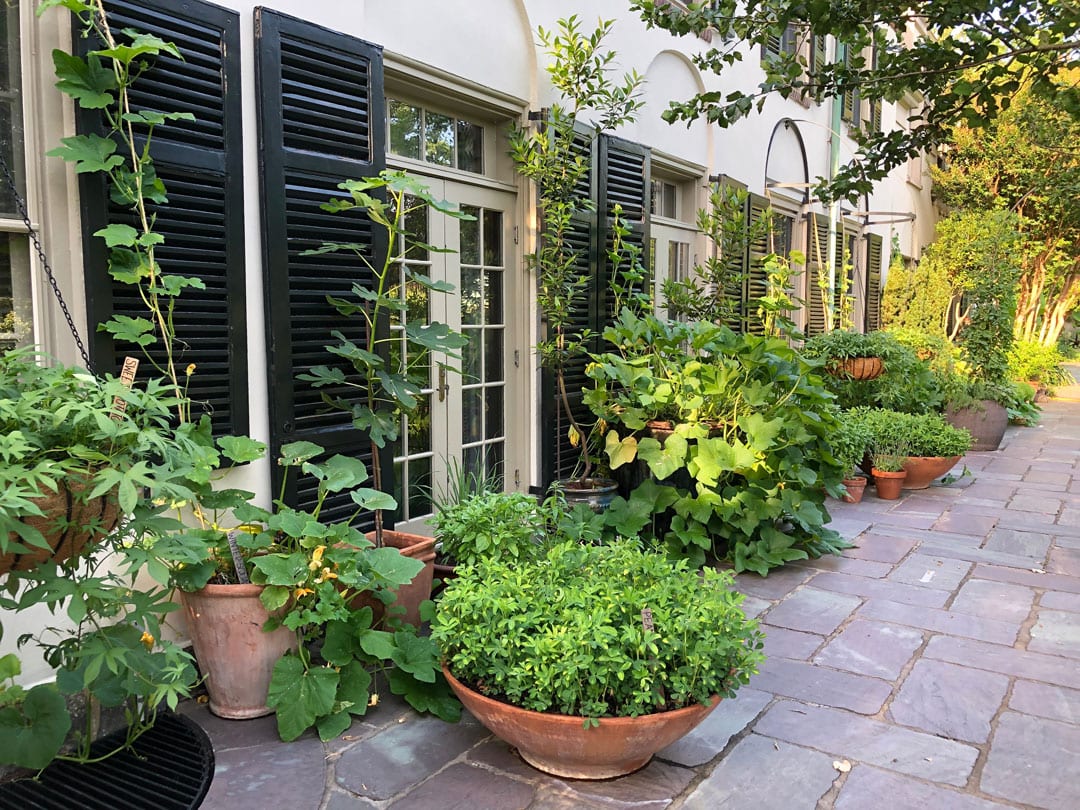
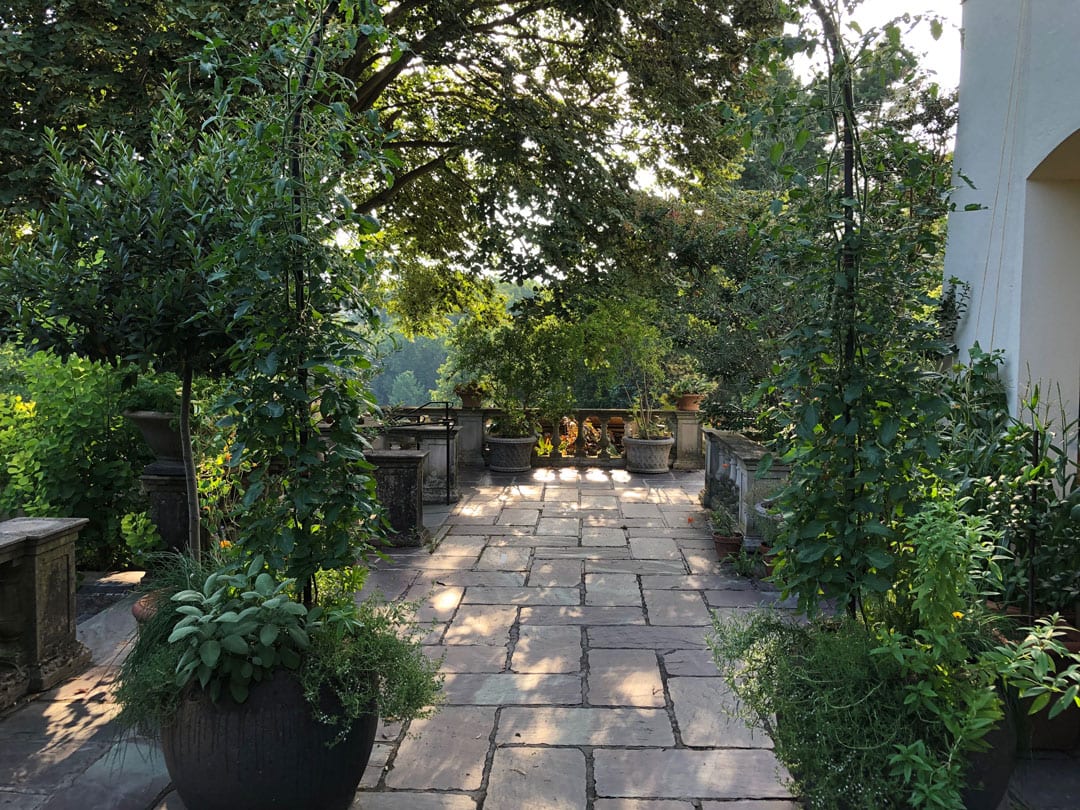
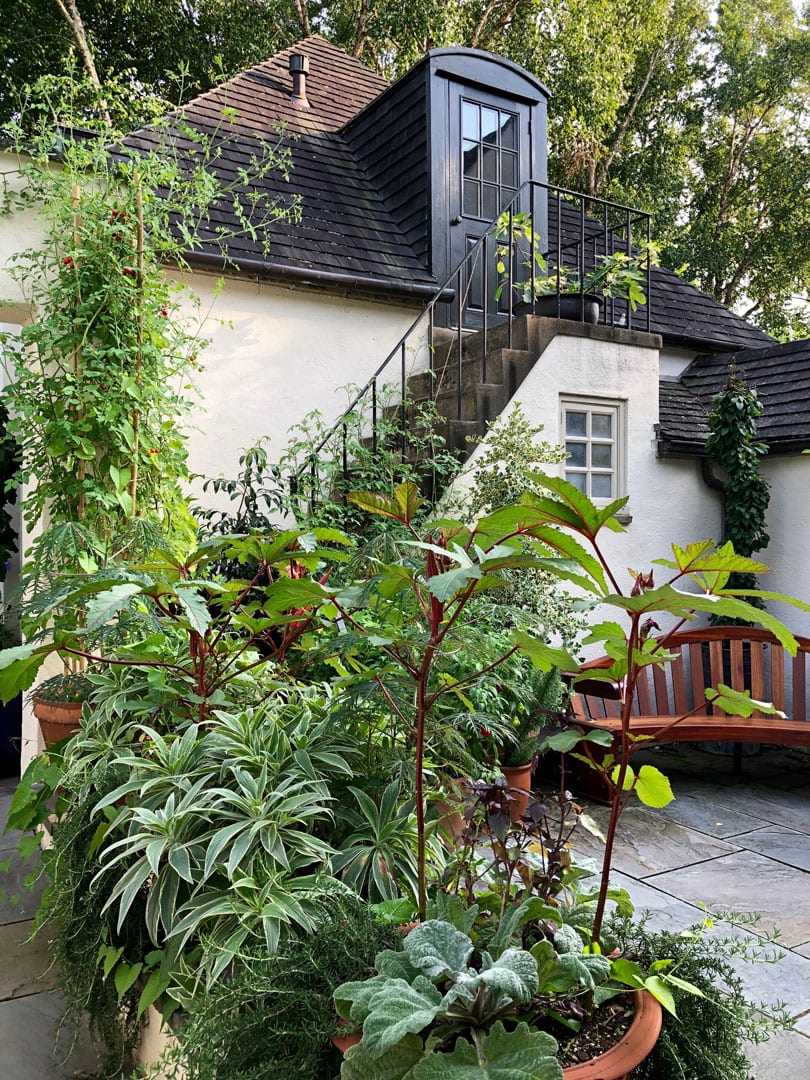
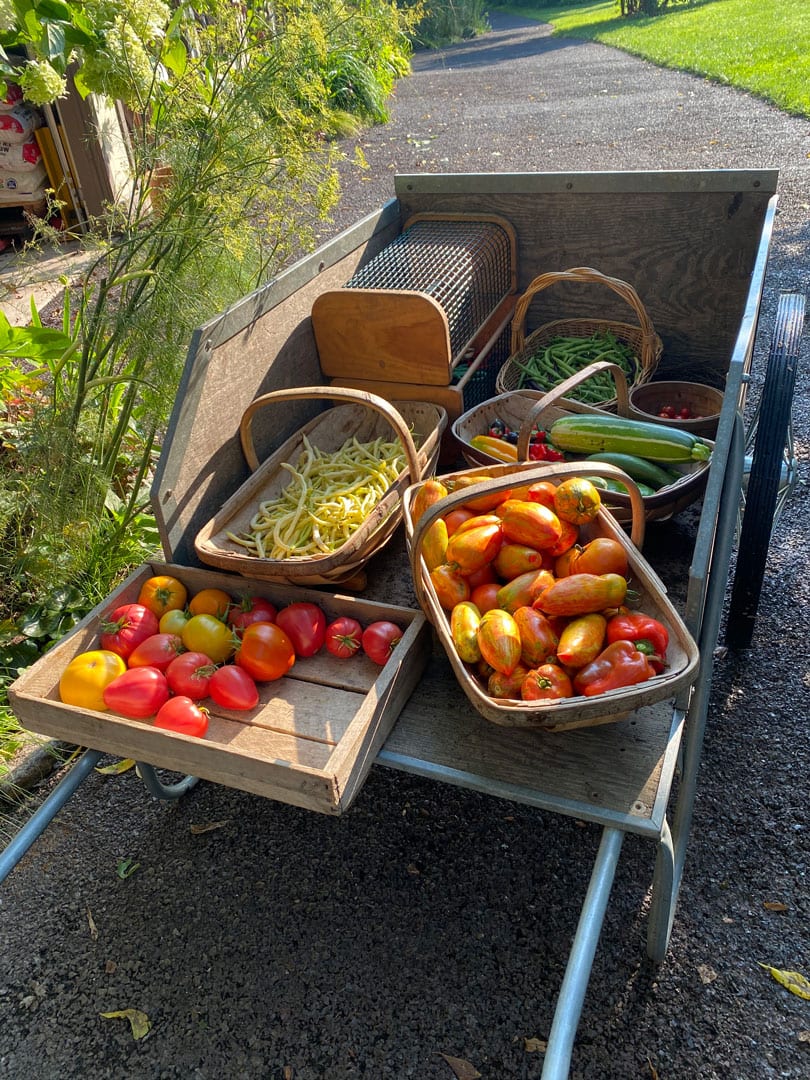

[…] Here’s the story. […]